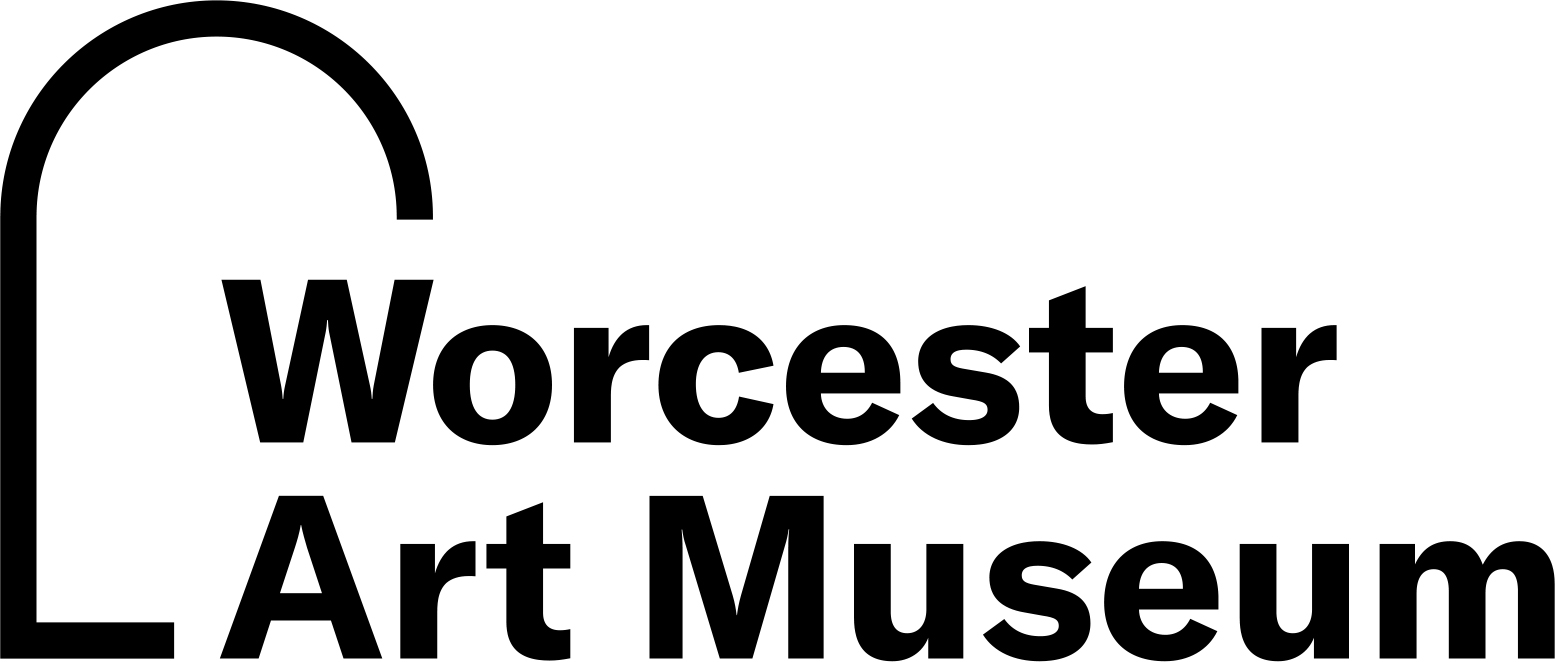Mortuary Helmet
Culture
English
, or
Cultureperhaps
Flemish
Date1600s
Mediumiron with black paint
Dimensions40 × 27.3 × 30.5 cm (15 3/4 × 10 3/4 × 12 in.), 4 lb 8 oz (weight)
ClassificationsArms and Armor
MarkingsMuseum accession number in red paint on bevor flange, left.
Credit LineThe John Woodman Higgins Armory Collection
Object number2014.1129
DescriptionClose helmet form, with barred visor. Comprised of a two-piece skull with pivoted bevor leaving a visor formed of five curved iron bars. At the neck opening is riveted a gorget defense of a single plate each front and rear. All elements black-painted; the paint is modern, and the pitted surface characteristic of mortuary helmets can be seen beneath the paint. There are three rivets in the comb at the brow, probably an effort to stabilize the comb, whose two halves are coming apart at this point; this might have been done when the object was adapted for mortuary use.The skull and bevor belong together, and were once part of a visored close helmet for heavy cavalry. The original visor and pivots are lost. The pivots are relatively modern replacements.
The skull has a low, thin plain comb, at the apex of which is riveted the basal end of the crest spike. There are no provisions for a plume-pipe. The bevor has a full, gently ridged chin. The facial opening is fitted with a set of five curved bars in imitation of heraldic helmets.
Although the gorget plates fit reasonably well, it does not appear that they are original to the other elements, nor are a set. They have been riveted together at the sides.
The skull and bevor are English or perhaps Flemish, about 1620-30, and the gorget plates probably English, early 17th century. The bars and crest spike assembly are probably mid to late 17th century and probably of English origin. The collar plates and perhaps the top mounting are modern associations. Modern paint.
Label TextArms and armor were the distinctive attributes of a knight, and gave rise to the heraldic symbols that proclaimed a knight's identity and status. The influence could also go the other way: here a military helmet has been given showy but impractical face-bars to make it resemble the pictures of helmets used in heraldry. This helmet would have hung over the tomb of a gentleman as a mark of his status in life.ProvenanceHitchcock-Clarke collection (to 1922) Stephen V. Grancsay (Brooklyn, NY). Gift of Mr. Prescott R. Andrews, Jr. (NYC) on December 30, 2000. Collection transfer from Higgins Armory, January 2014.
On View
Not on viewSouthern German
about 1550



















